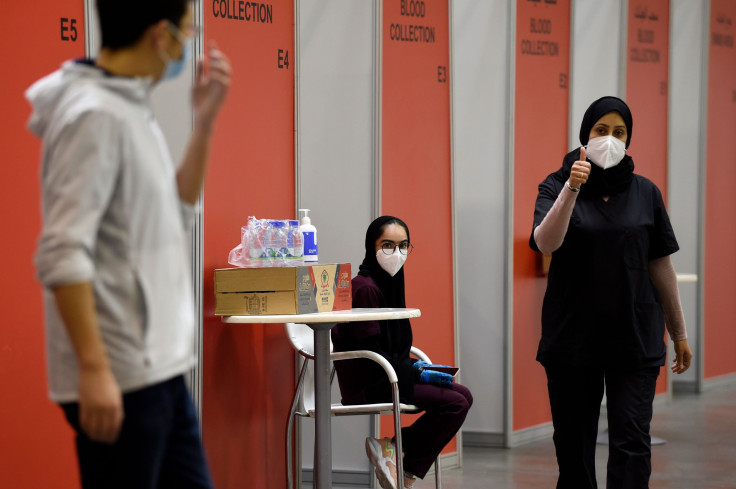
Different variants of the COVID-19 are being reported frequently and most are hoping that the virus will soon come to a halt. Unfortunately, that does not seem to be the case with reports that there is a new double-mutants variant of the virus discovered in California.
The new COVID-19 strain was discovered by the Stanford Clinical Virology Lab which confirmed one case of the virus which reportedly first cropped up over in India. Stanford Health Care spokesperson Lisa Kim confirmed this development to the San Francisco Chronicle. Additionally, it appears seven other presumptive cases are being screened as of this writing.
Christened “double mutant,” the name of the new COVID-19 variant practically speaks for itself. It carries two mutations in the virus that latches onto cells. It has been found in 20% of cases sequenced from the state of Maharashtra, India. Coronavirus cases have surged to more than 50% the past week according to infectious disease expert Dr. Peter Chin-Hong from the University of California, San Francisco.
Further, it has yet to be determined if the new COVID-19 strain would be resistant to the vaccines currently rolled out in the market. Hence, Chin-Hong feels that this new variant could be transmissible.
“It also makes sense that it will be more transmissible from a biological perspective as the two mutations act at the receptor-binding domain of the virus, but there have been no official transmission studies to date,” he explained.
The new variant’s mutation is reportedly similar to the ones that were found in Brazil and South Africa according to Chin-Hong.
“Since we know that the domain affected is the part that the virus uses to enter the body, and that the California variant is already potentially more resistant to some vaccine antibodies, it seems to reason that there is a chance that the Indian variant may do that too,” he added.
This “double-mutant” COVID-19 variant is the latest to be added to a mix of strains detected in the United States. Before it, there was that highly contagious UK variant called B.1.1.7., B.1.351 and the Brazilian variant known as P.1.

© 2025 Latin Times. All rights reserved. Do not reproduce without permission.





